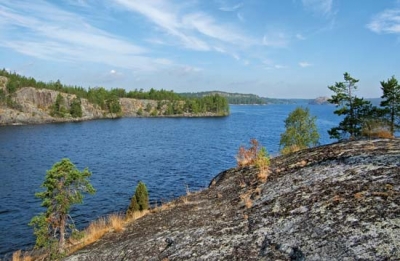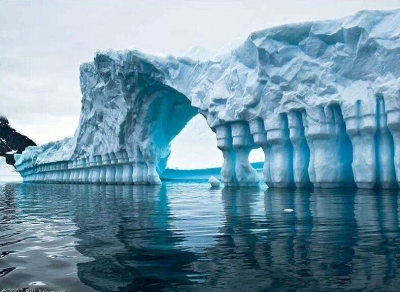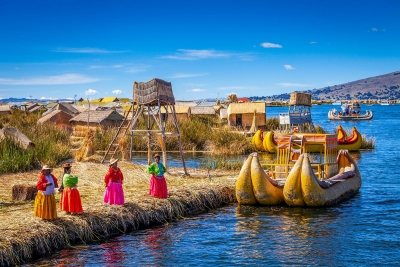Which is the largest lake in Europe?

Ladoga is by far Europe’s largest lake with a total surface area of 17 700 square kilometers (6,800 sq mi), which means that it’s larger than both Onega and Vänern combined.
It’s beautifully located in Karelia in the northwestern part of Russia. Ladoga is ranked as one of the largest lakes in the world (14th) and has an average depth at 51 meters, and maximum depth at 230 meters.
Visitors can rent a boat to get around the lake and stop for a picnic at one of the 600 islands that are located within its boundaries.
Lake Ladoga famously serves as a source of drinking water for the city. Renowned vodka brand Russian Standard even uses it to create the nation’s favourite tipple (the word vodka is a diminutive of the Russian ‘voda’, meaning water); the company’s vodka scientists go as far as describing the lake water as ‘being alive’.
History aside, Lake Ladoga is a wonder of Nordic beauty, characterized by dense forests and rocky coastlines that can be explored by boat or on foot. The lake boasts an incredibly diverse ecosystem, with nearly 500 species of fish roaming its waters, including carp, bream, perch, and the endangered Atlantic sturgeon, whose eggs are used to make premium caviar.
Picture Credit : Google







